Introduction
The world of tattoos has evolved significantly over the decades, shifting from a fringe form of self-expression to a mainstream art form celebrated by various cultures around the globe. As interest in tattoos continues to grow, so does the variety of styles, techniques, and designs available, making the process of choosing a tattoo both exciting and daunting.
The Importance of Tattoo Trends
Understanding tattoo trends can enhance the tattoo experience. No longer limited to traditional designs or cultural symbols, individuals now have the freedom to express their unique personalities through a myriad of styles. A few key reasons behind the popularity of tattoos include:
- Self-Expression: Tattoos serve as a canvas for personal stories and beliefs, allowing individuals to share their journey.
- Artistic Freedom: Tattoo artists are pushing boundaries, experimenting with new techniques and artistic methodologies.
- Cultural Significance: As tattoos draw from global influences, they foster a deeper appreciation for diverse art forms.
As a tattoo enthusiast recalls, “My first tattoo was simple, a small heart on my wrist. It represented love for my family. Over the years, I’ve added more intricate designs, each telling a different part of my story.” With the evolution of tattoo trends comes an array of popular styles and innovative designs. Following this introduction, we’ll take a closer look at how these trends have developed and what styles are currently favored by today’s tattoo aficionados.
Evolution of Tattoo Trends
The journey of tattoo trends is fascinating, reflecting societal changes, cultural exchanges, and the evolution of personal expression. With roots dating back thousands of years, tattoos serve not only as body art but as narratives encapsulating individual and communal stories.

Traditional Tattoos
Traditional tattoos have long been an essential part of many cultures. From the Maori ta moko that tells tales of ancestry to Japanese irezumi featuring mythical figures, these designs carry deep meanings. They often serve crucial roles in rituals, spirituality, and status. Here are some notable attributes of traditional tattoos:
- Symbolism: Each design has its significance, often linked to heritage or belief systems.
- Craftsmanship: Traditional techniques involve meticulous hand-poking methods, creating unique textures and aesthetics.
- Ritualistic Elements: Many cultures incorporate tattooing as a rite of passage.
As one tattoo enthusiast recalls, “Getting inked with a tribal pattern connected me to my heritage. It felt like carrying a piece of my history on my skin.”
Modern Interpretations
In contrast, modern interpretations have redefined what tattoos can signify. Influenced by pop culture and contemporary art, today’s tattoos often veer away from traditional meanings, emphasizing individuality and personal narratives. Key characteristics include:
- Innovative Styles: From watercolor to minimalist designs, there’s a vast range of techniques.
- Personal Narratives: Many people now opt for designs that reflect their personal experiences rather than cultural significance.
- Accessibility: With social media, exposure to diverse tattoo styles is unparalleled, allowing people to find inspiration from artists worldwide.
The evolution from traditional to modern tattoos illustrates the shift in society’s view—turning tattoos into a form of liberating personal expression that transcends cultures.
Popular Tattoo Styles
As the tattoo world continues to diversify, several styles have emerged as particularly popular among enthusiasts. These styles often cater to different aesthetic preferences while allowing individuals to express their unique identities. Let’s explore three of the standout trends.
Minimalist Tattoos
Minimalist tattoos have taken the art scene by storm, appealing to those who prefer clean lines and subtle designs. Characterized by their simplicity and elegance, these tattoos often feature:
- Limited Palette: Usually composed of black ink or monochromatic tones.
- Small Sizes: Ideal for those who desire discreet or easily concealable tattoos.
- Symbolism: Minimalist designs often focus on meaningful symbols, such as tiny hearts, arrows, or celestial elements.

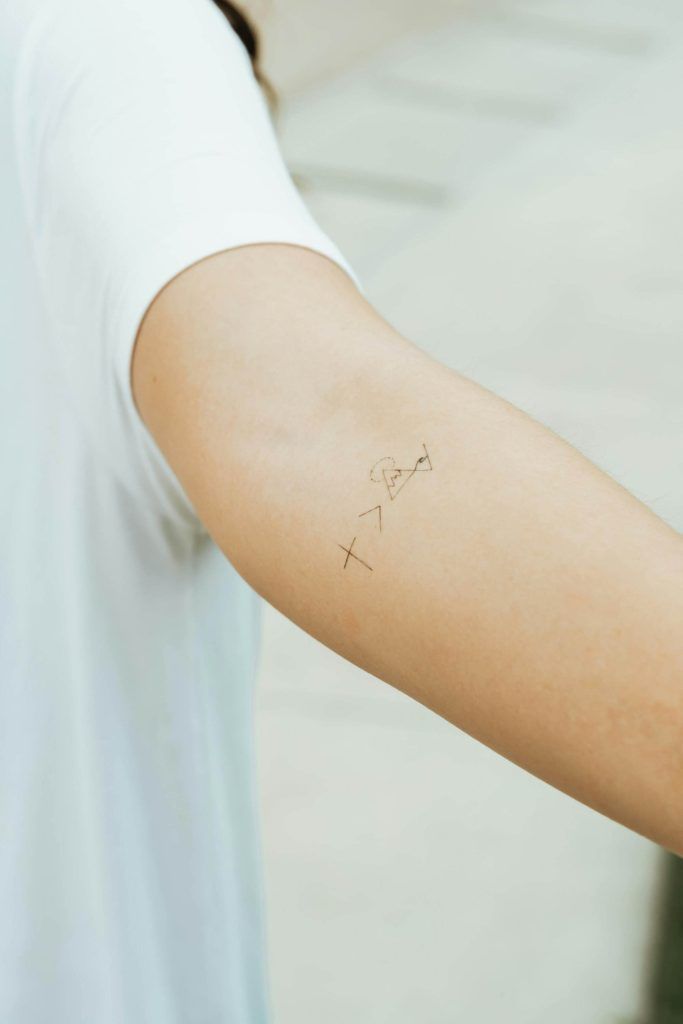
Watercolor Tattoos
In contrast, watercolor tattoos celebrate vibrancy and artistic flair. Inspired by painting techniques, these tattoos mimic brush strokes and splashes of color, creating stunning visual effects. Features include:
- Rich Color Blends: Using vibrant hues that blend seamlessly, resembling a watercolor painting.
- Dynamic Shapes: These tattoos often incorporate abstract and flowing forms that evoke emotion.
- Unique Styles: No two watercolor tattoos are identical, allowing for deep personalization.
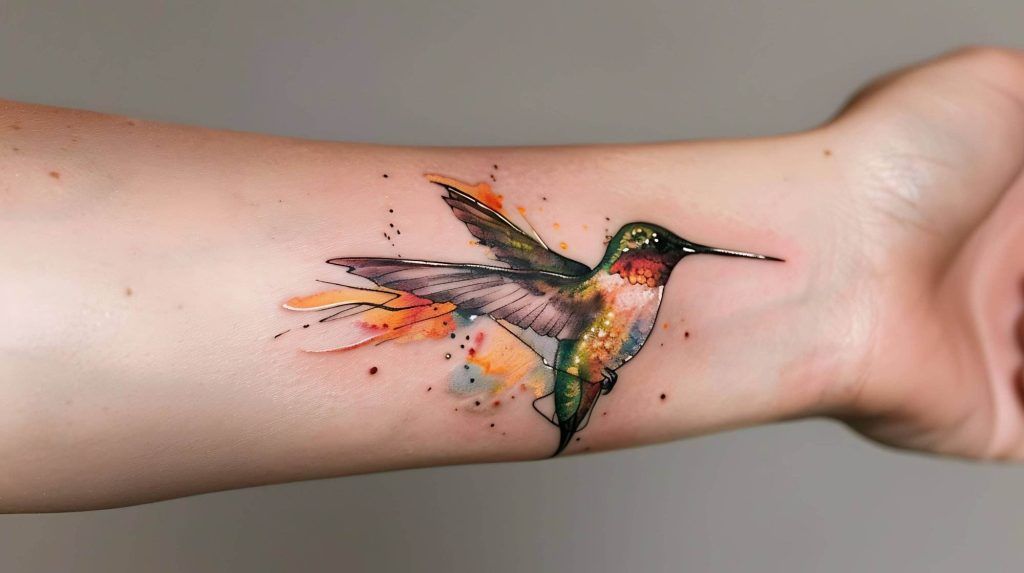
Geometric Tattoos
Lastly, geometric tattoos combine shape and symmetry, providing a contemporary edge. Defined by intricate patterns, these tattoos often highlight:
- Mathematical Precision: They rely on clean lines and shapes like triangles, hexagons, and circles.
- Balanced Designs: Many geometric tattoos symbolize balance, harmony, and interconnectedness.
- Versatility: They can be combined with other styles for a unique look.
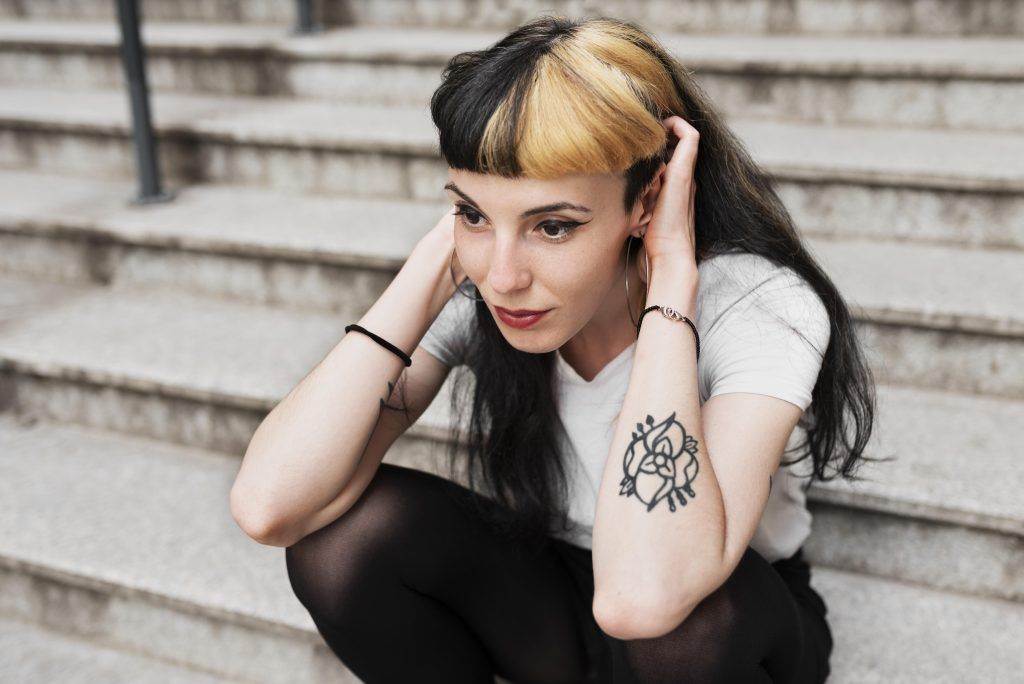
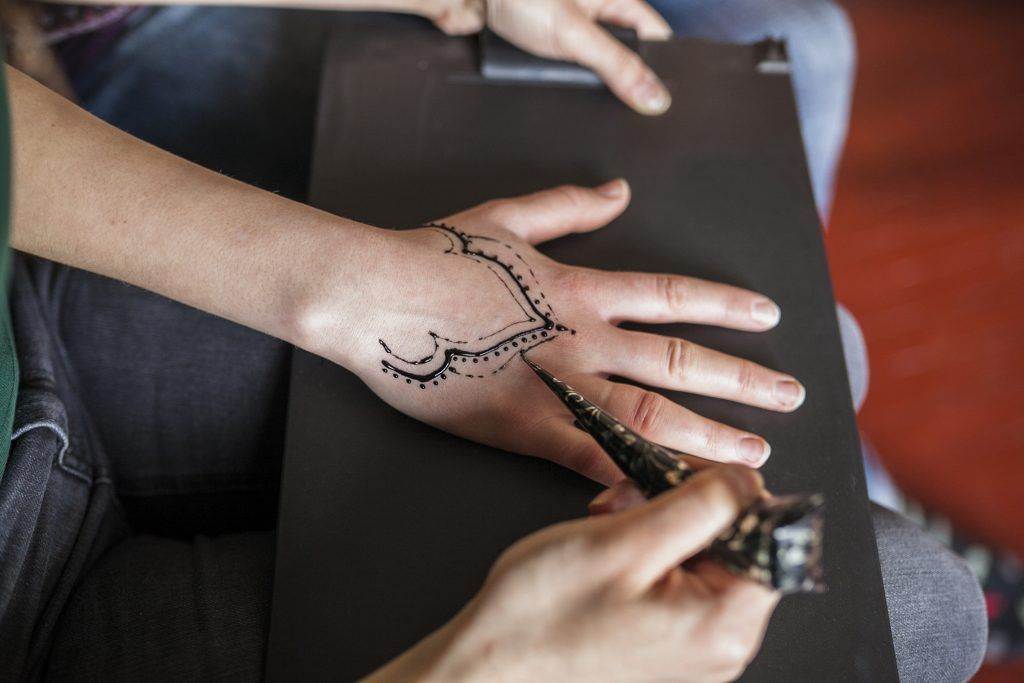
These diverse styles illustrate just how personal and expressive tattoos can be, capturing modes of self-expression that resonate with individuals uniquely. As we delve deeper into trending designs, it’s clear that the evolution of tattoos continues to embrace innovation and artistry.
Trending Tattoo Designs
As tattoo styles evolve, certain designs gain traction and become trending favorites among enthusiasts. Among these, floral elements and animal portraits have carved out a significant niche, resonating with many for their symbolic meanings and aesthetic appeal.
Floral Elements
Floral tattoos are timeless and versatile, appealing to a broad audience. They can range from delicate and minimalist flowers to bold, intricate arrangements. Their popularity can be attributed to several aspects:
- Symbolism: Different flowers hold unique meanings—roses represent love, while lotuses symbolize rebirth.
- Customization: Florals can be personalized to fit individual stories or memories, making them deeply meaningful.
- Aesthetic Variety: They can complement other styles, such as watercolor or geometric designs, resulting in stunning visuals.
As one tattoo enthusiast reflects, “I chose a peony tattoo because it represents wealth and honor in my culture. Every time I look at it, I feel empowered!”
Animal Portraits
On the other hand, animal portraits have surged in popularity, acting as powerful representations of personal connections and experiences. Whether it’s a beloved pet or a symbolic creature, these tattoos often feature:
- Realism: Many artists specialize in creating lifelike animal portraits that capture the essence of the subject.
- Symbolism: Animals carry various meanings—lions may represent courage, while owls symbolize wisdom.
- Personal Connection: For many, these tattoos mark a tribute to cherished animals, serving as lasting reminders of companionship.
A passionate tattoo lover shares, “My portrait of a wolf isn’t just an animal; it signifies my independent spirit and strength.” As these trending designs demonstrate, tattoos have become a profound form of self-expression, weaving personal narratives into colorful and intricate artworks. The connection between tattoo wearers and their designs showcases the emotional significance that drives the tattooing world forward.
Innovative Tattoo Techniques
As the tattoo industry continues to evolve, innovative techniques are emerging that push the boundaries of traditional body art. Two standout methods currently making waves are 3D tattoos and UV ink tattoos, both of which offer unique ways to express individuality.
3D Tattoos
3D tattoos are a remarkable advancement that creates the illusion of depth and texture, making each piece seem to leap off the skin. This technique employs shading and highlights that can mimic realistic effects like:
- Optical Illusions: Strategic placement of ink can fool the eye, creating patterns that appear lifelike.
- Dynamic Designs: These tattoos often feature objects like animals, flowers, or even abstract shapes that look three-dimensional.
- Personalization: 3D tattoos can be tailored to reflect personal stories, making them truly unique.
One enthusiast shared, “My 3D butterfly tattoo makes it look like it’s about to take flight! It draws so many compliments and invites curious glances.”
UV Ink Tattoos
On the other side of innovation lie UV ink tattoos, which utilize special ink that glows under blacklight. This technique allows for an entirely different layer of art, characterized by:
- Subtlety: These tattoos can be discreet in natural light but become vibrant and eye-catching in dark settings.
- Unique Colors: UV inks come in bright neon shades, offering exhilarating visual appeal.
- Hidden Messages: Some choose to incorporate them into designs for layering, revealing hidden elements under specific lighting.
A tattoo lover expresses, “Getting a UV ink tattoo felt like a secret. It’s almost as if I have two tattoos—one for the casual observer and one that shines under the right light!” These innovative techniques illustrate how far tattoo artistry has come, offering new ways for individuals to showcase their creativity and personal stories. With each advancement, the endless possibilities of tattoo designs continue to amaze.
Celebrity Influences
Celebrities have long played a pivotal role in shaping cultural norms, and their influence extends significantly into the tattoo world. As public figures showcase their ink, they inspire fans and everyday individuals to express themselves through body art.
Celebrities Setting Trends
When celebrities unveil new tattoos, they often set off waves of trendy designs among their fans. This phenomenon can be seen through various styles that celebrities frequently adopt:
- Symbolic Tattoos: Many celebrities opt for meaningful tattoos that resonate with their personal journeys or beliefs, prompting fans to seek similar expressions.
- Unique Designs: Offbeat or artistic tattoos can inspire others to think outside the box, pushing the envelope in terms of creativity and personalization.
- Social Media Buzz: When a celebrity shares their ink on platforms like Instagram, it can quickly elevate a design to trend status.
One fan recalls, “After seeing my favorite artist’s intricate mandala tattoo, I felt compelled to explore the world of body art myself. It was incredibly inspiring!”
Impact on Popular Culture
The influence of celebrity tattoos extends beyond mere aesthetics; they also spark discussions about cultural significance and individuality. The prevalence of ink in popular media has led to a more widespread acceptance of tattoos in various spheres, including:
- Mainstream Acceptance: Tattoos are increasingly seen as mainstream, moving from counterculture to a celebrated form of self-expression.
- Fashion Statements: Many now view tattoos as integral to their personal style, blending them seamlessly with fashion choices.
- Conversations on Identity: Celebrity tattoos have opened dialogues around themes of identity, heritage, and personal narrative, paving the way for greater understanding.
For countless tattoo enthusiasts, celebrities serve as role models, encouraging personal expression while highlighting the art form’s cultural relevance. This influence continues to shape the relationship society has with tattoos, making them a vital aspect of contemporary identity.
Cultural Tattoo Influences
The realm of tattoos is deeply intertwined with diverse cultural narratives, enriching the art form with historical significance and unique aesthetic styles. Among the most prominent cultural influences are tribal tattoos and traditional Japanese and Chinese designs, each offering a window into the values and beliefs of their respective cultures.

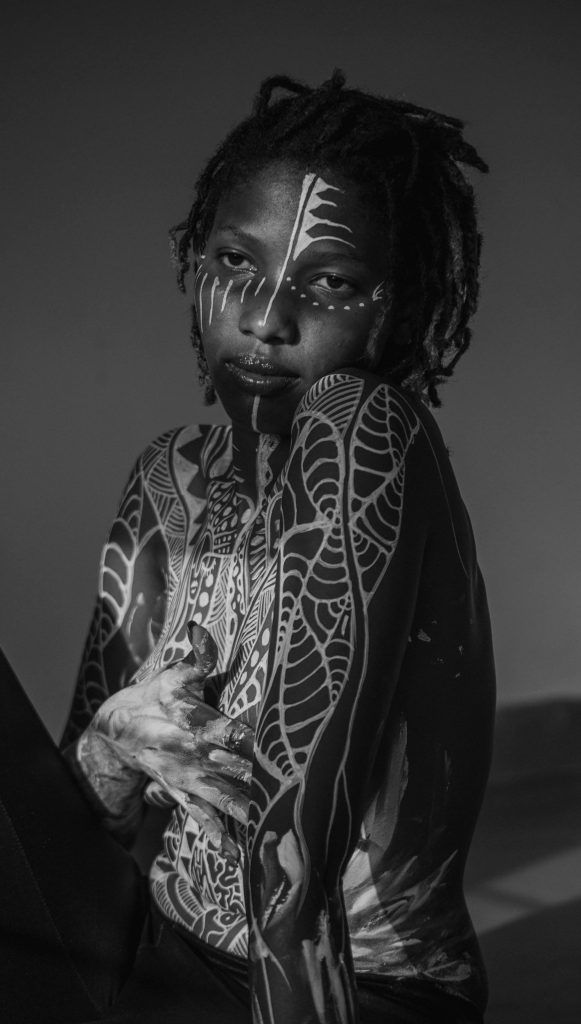
Tribal Tattoos
Tribal tattoos have roots that stretch back centuries, with many indigenous cultures employing body art as a means of expressing identity, status, and spirituality. Key features of tribal tattoos include:
- Bold Patterns: Often characterized by intricate designs that are bold and graphic in nature.
- Cultural Significance: Each pattern can symbolize tribal history, lineage, or personal achievements.
- Connection to Nature: Most tribal tattoos often reflect elements of the natural world, embodying respect for ancestors and nature.
A tattoo lover shares, “My tribal tattoo band around my arm tells the story of my family heritage. It’s a daily reminder of where I come from and who I am.”
Japanese and Chinese Designs
On the other side of the cultural spectrum, Japanese and Chinese tattoos are known for their stunning artistry and deep symbolism. These designs often feature:
- Symbolic Imagery: Creatures like koi fish, dragons, and cherry blossoms convey various meanings—from strength to resilience.
- Intricate Detailing: Mastery over linework and color creates striking pieces that can cover large areas, such as sleeves or back pieces.
- Cultural Narratives: Each design can tell stories rooted in mythology, folklore, and philosophical beliefs.
A fan of Japanese tattoos reflects, “My sleeve with koi fish symbolizes my journey through adversity. The art captures something deeply personal, connecting me to both my past and future.” Through tribal tattoos and Asian designs, the cultural influences in tattoo artistry add layers of meaning and beauty, encouraging tattoo lovers to engage with their heritage and explore the rich stories embedded within their ink. With these cultural backgrounds celebrated, tattoos continue to evolve as powerful forms of self-expression.
Sustainability in Tattoo Industry
As the tattoo industry flourishes, there’s a growing emphasis on sustainability, encouraging both artists and clients to consider the environmental impact of their choices. This shift is paving the way for innovative practices that prioritize health and environmental responsibility.
Organic Inks
One of the most notable advancements in sustainable tattooing is the use of organic inks. Unlike traditional inks, which can contain harmful chemicals and synthetic additives, organic inks boast a more natural composition. Key benefits include:
- Fewer Allergens: Organic inks are less likely to cause allergic reactions or skin irritations, promoting safer tattooing experiences.
- Eco-Toxicity: These inks minimize environmental impact, as they typically rely on plant-based materials and biodegradable components.
- Rich Color Palette: Advances in formulation have allowed organic inks to offer vibrant colors that can rival their synthetic counterparts.
Eco-Friendly Practices
Beyond inks, many tattoo studios are adopting eco-friendly practices that contribute to a sustainable industry. These practices may include:
- Waste Reduction: Utilizing recyclable materials and minimizing single-use plastics in the tattooing process.
- Sustainable Equipment: Offering eco-friendly alternatives, such as biodegradable gloves or carbon-neutral machines.
- Conservation Initiatives: Supporting wildlife organisations or participating in local cleanup efforts promotes a broader commitment to environmental guardianship.
The marriage of sustainability with tattoo artistry not only reflects a conscious cultural shift but also enhances the overall experience for both artists and clients. As more people embrace environmentally friendly practices in their tattoo journeys, the industry can move toward a greener future that honors both the art form and the planet.
Future Forecast in Tattoo Trends
As the tattoo landscape evolves, the future holds promising advancements, driven largely by technology and innovation. These trends not only reshape the artistic possibilities but also enhance the overall tattoo experience for both artists and clients.
Technological Advancements
The integration of technology into tattooing is set to revolutionize the craft in exciting ways. Here are some anticipated innovations:
- Tattoo Machines: Advances in tattoo machine technology, such as rotary and pen-style devices, are making the process more precise and efficient, resulting in cleaner lines and finer details.
- Augmented Reality (AR): Imagine being able to visualize how a tattoo will look on your skin before commitment! AR applications are in development that can project designs onto the body, aiding in the decision-making process.
- Laser Removal Technologies: Sophisticated laser technology continues to evolve, making removal quicker, cleaner, and less painful. This is excellent news for anyone contemplating changes or cover-ups.
One tattoo artist shares, “The idea of using AR was a game changer. Clients can see how a design fits right on their skin—no more guesswork!”
Fusion of Art Forms
In the future, we can also expect a growing fusion of tattoo art with various other mediums, enhancing the narrative and aesthetic quality of tattoos. Trends include:
- Mixed Media: Combining tattoos with styles from painting or digital art, such as incorporating geometric shapes intertwined with natural elements.
- Culture Blending: With globalization, artists may draw inspiration from multiple cultures, creating unique hybrid designs that reflect diverse backgrounds and stories.
These exciting trends hint at a future where tattoos push creative boundaries while remaining deeply personal and meaningful. As the industry continues to innovate and evolve, tattoo art will undoubtedly flourish in ways that inspire new generations to embrace this age-old form of expression.
